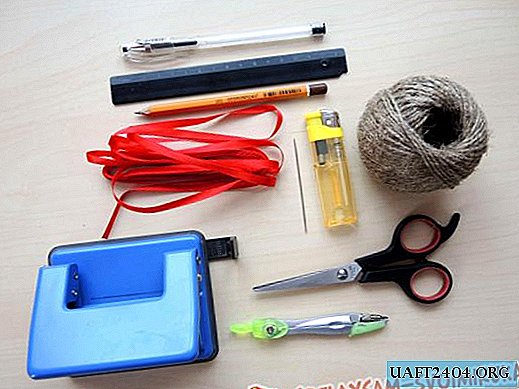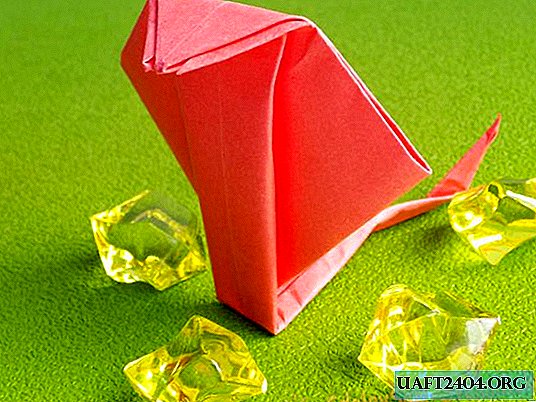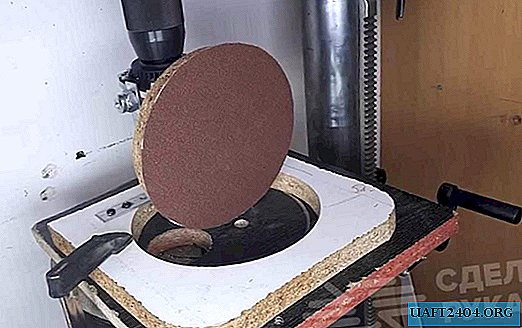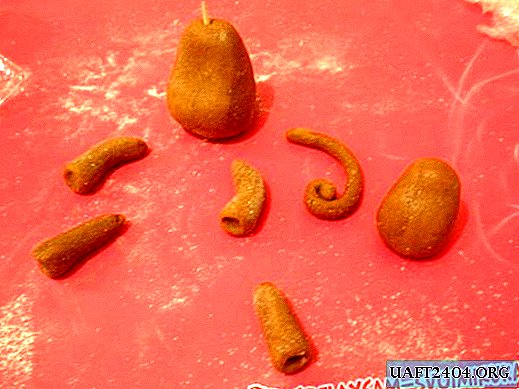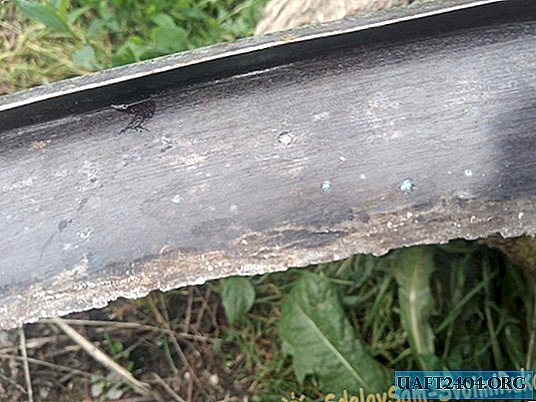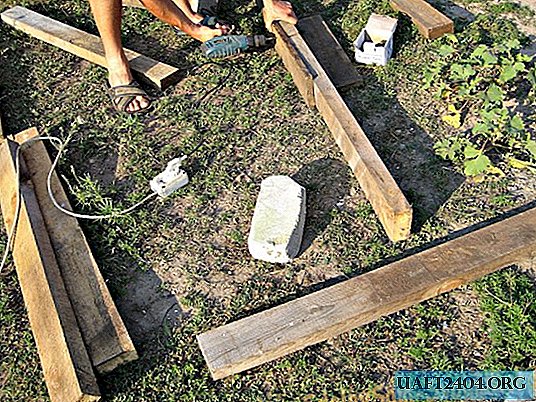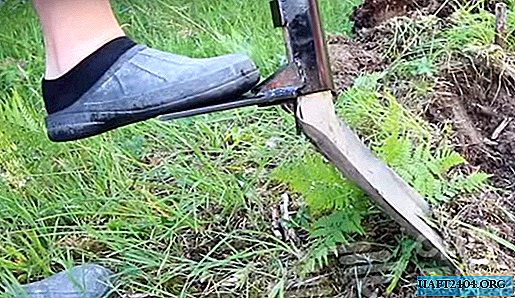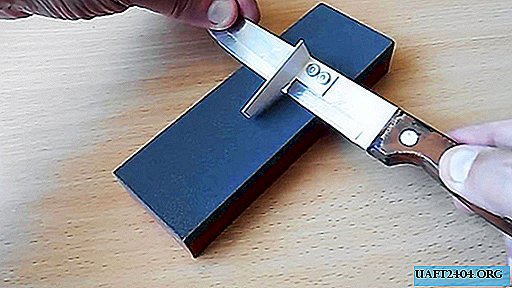Share
Pin
Tweet
Send
Share
Send
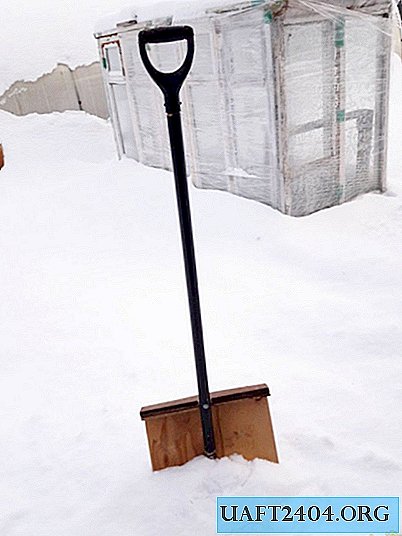
The speech in this master class will be about a snow shovel. In the northern regions, this item is in great demand most of the year. Therefore, a snow shovel, as a rule, does not "live" for a long time. Purchased, plastic shovels break especially quickly - even the most frost-resistant plastic will not last long against severe frost (although, for residents of more southern regions, it will probably be quite good). Duralumin shovels are good for everyone, lightweight, do not burst, but they quickly wear out and bend. Shovels made of galvanized steel are more tenacious, but you won’t work for a long time with such a shovel - your hands will "fall off" in half an hour, a maximum of an hour! The most optimal option at especially low temperatures is a tree! A shovel made of plywood is light, it can’t cope with any frost, and even repair it, or assemble a new shovel, in case of wear or breakage - this is not a long business. The older generation probably remembers how such shovels, of different sizes, used to do in schools, in labor lessons. So I thought, the new is the well-forgotten old! Moreover, everyone has a material for such a shovel.
Will need
- Sheet of three-layer plywood.
- Board, 25-40 mm thick.
- Galvanized sheet steel, 1 mm thick.
- Shank for a shovel.
- Wood screws (black, 15 mm).
- Bolt with a wide hat, for fastening the handle with plywood.
- Handle for a handle (tops).
- Aluminum wire, 4 mm thick.
Tool for work:
- Hacksaw.
- Ax (or planer).
- Phillips screwdriver.
- Knife.
- Marker or simple pencil.
- Drill and drill 4 mm.
- Emery, or grinder, for cutting galvanizing.
- Hammer.
- A small anvil (or something similar).

Making a snow shovel
To begin with, you need to figure out what size the shovel will be. This is an important point. Especially for those who will use this shovel. So that the back does not get tired, but at the same time the spade was not too small. To prevent the shovel from breaking quickly, do not make it too wide - the snow can be heavy during thaws. Centimeters 40-45 widths will be just right. Well, everyone should calculate the height of the shovel for himself, depending on growth. In my opinion, the most optimal length of the handle of such a tool is when the top handle reaches the employee’s chin. If you make it shorter, your back will tire quickly, if it is longer, your arms and shoulders. So, we cut out a sheet of plywood, 40 centimeters wide, and 45 centimeters long.

This will be the basis of the shovel and the same width (40 cm.) We will adhere to in future work. Next, we saw off the same 40 cm from a pre-prepared board.

We need to slightly round the bottom of the board, to which plywood will be attached, so that the shovel is not completely flat. To do this, determine the middle of the board segment.

We choose which side we will round. Preferably one where there are no knots. Now, from both ends of the segment, measure out one and a half centimeters, from the side that was chosen for rounding. Draw a marker line from the center to the end marks and, along these lines, we squeeze long angles.


I'm used to working with an ax, it’s faster and more convenient for me, but if someone does not know how to use an ax, then you can take a plane. So, we got this kind of workpiece:
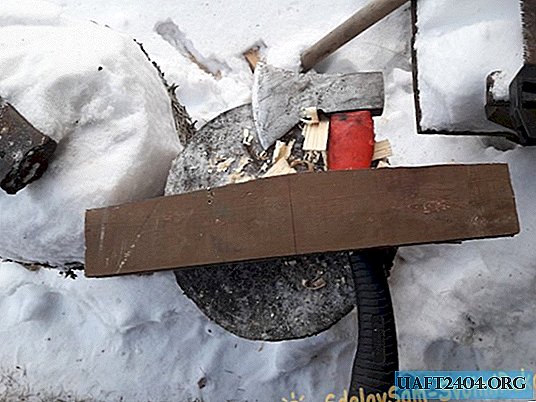
We will screw plywood to the rounded edge of the board later, but on the opposite edge, in the middle, we will make a small cutting groove for the handle with a knife.

Put this blank aside for now, and take up reinforcement and protection for plywood. Some craftsmen make the protective edge of the shovel out of tin, but I am not a supporter of such protection, the tin is very soft, it bends and erases very quickly, especially if you constantly scratch the snow from the tiled coating or concrete. Therefore, I always make the protective edge of the shovel of galvanized sheet metal, at least 1 mm thick. This is the most painstaking part of the job. It is necessary to cut a strip with a width of 5 and a length of 40 cm from a galvanized sheet. You can cut it with scissors for metal, but this is an even more tedious process, therefore I advise you to use a grinder. Next, you need to bend the strip exactly in the middle, along, along the entire length. To do this, make a marker with a marker, and bend the metal along it.

First, we bend a little with pliers, and then, tapping the entire length with a hammer, bend to the desired state. Like this:
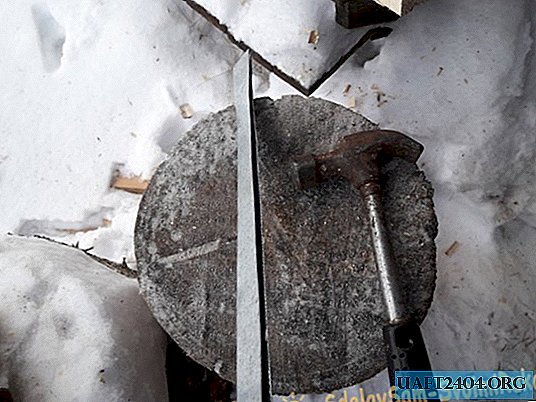
Now we put this protective strip on the front edge of the plywood sheet.
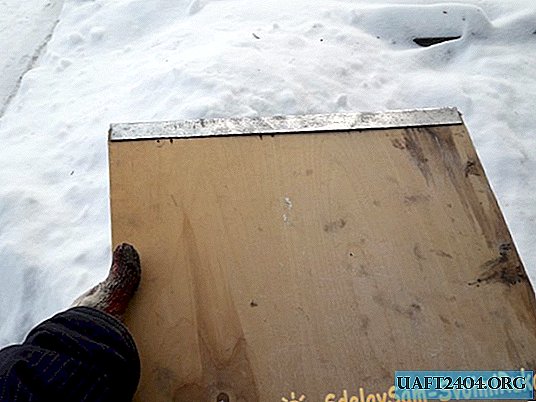
We drill holes for rivets, 4 mm. Five holes along the entire length, evenly distributed, will be enough. We cut five pieces of aluminum wire, these will be rivets.
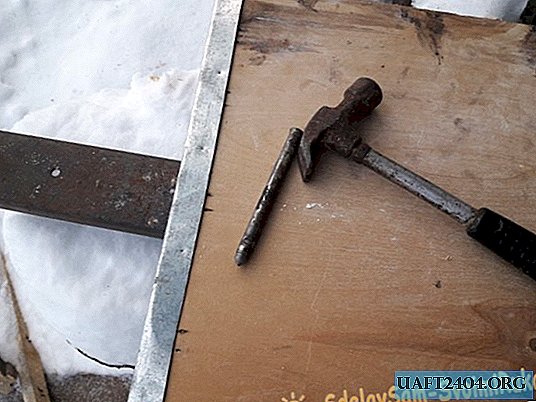
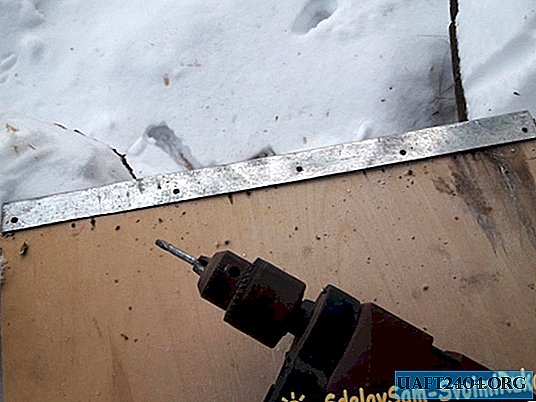

The rivet length is determined based on the thickness of the protective strip with plywood inside. Do not forget to add another 1.5 mm. on each side for flattening. Starting from one of the edges, in turn, rivet all the holes.

Now you can fasten the sheet to the prepared board, with chamfered corners. We put the board with the rounded side up, apply the sheet of plywood as evenly as possible, and fix it on the screws. Seven pieces will be enough.

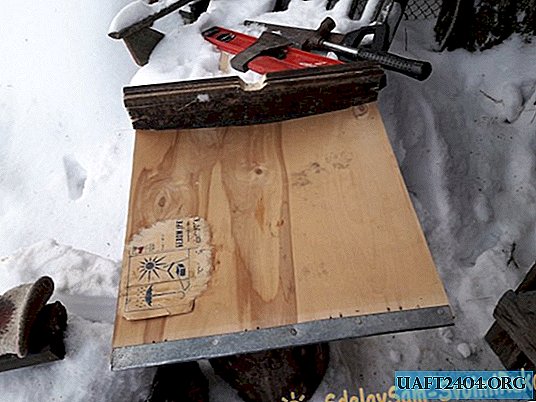
Now we cut off the top of the handle, at an angle of about 35-45 degrees.

Apply to the middle of the plywood, mark with a pencil. We drill through holes in the handle and plywood.

We fasten all this with a bolt.

If there is no bolt with a flat and wide hat, we cut the washer out of galvanization.
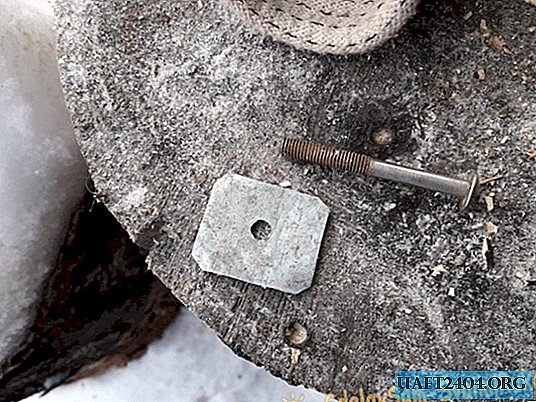

This is to ensure that plywood does not break under the head of the screw, from the weight of the snow. Now another mount, the handle to the end board. It’s enough just to drive a nail more powerful. I took the slate.

Well, in the end, I attached a handle-top to the handle, which, along with the handle, I pulled it from work, removing it from a broken plastic shovel.

Here is such a good shovel it cost us at the cost of a bag of screws. Well, and at the price at the top of the handle, if you buy it. The same previous wooden shovel for snow, regularly served me four winters, taking into account minor repairs in the fall, before the start of the snow season.

Share
Pin
Tweet
Send
Share
Send

